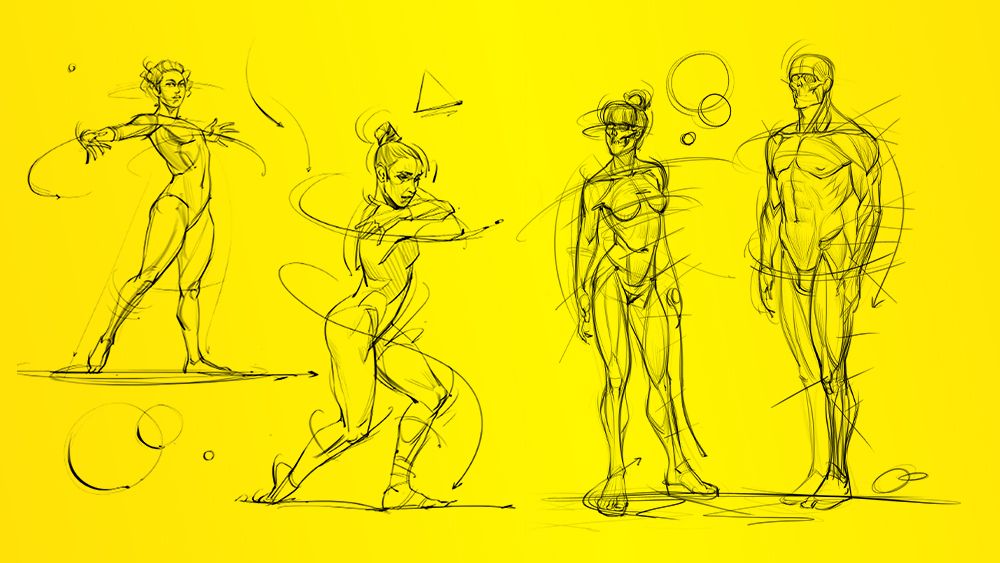
The artwork on this month’s cover of ImagineFX magazine is an example of one of the studies and sketches I do every morning to better myself as an artist. I drew this figure with the goal of working on my values and lighting.
I enjoy going back and forth between doing colour and black and white portraits. Both hone different sensibilities. If you’re just starting out with painting, I advise working with black and white first, which will help you learn how to organise your values, understand the basics of lighting and get you comfortable with working with paint before adding the complexity of colour.
Having a specific skill set in mind that you’re keen to focus on with your studies will go a long way in speeding up your learning and help you get more out of it. Many artists will just randomly pick something to paint or draw, without any thought on what skill or concept they want to gain a better understanding of.
One of the greatest hurdles for me as a young artist was knowing what to study and how to study. I strongly believe in the power of daily goals and in their ability to build up your skills and mold the artist that you want to become.
With that in mind, I’ve put together these 10 tips to act as a guide on how to improve your figure drawing through daily art goals. Hopefully, they may also help get rid of some of the damaging preconceived notions I had, which held me back when starting out on my art journey.
If you need the tools to work with, see our guides to the best pencils for artists and the best drawing tablets.
01. Do a page of anatomy studies and a page of figure drawings each day
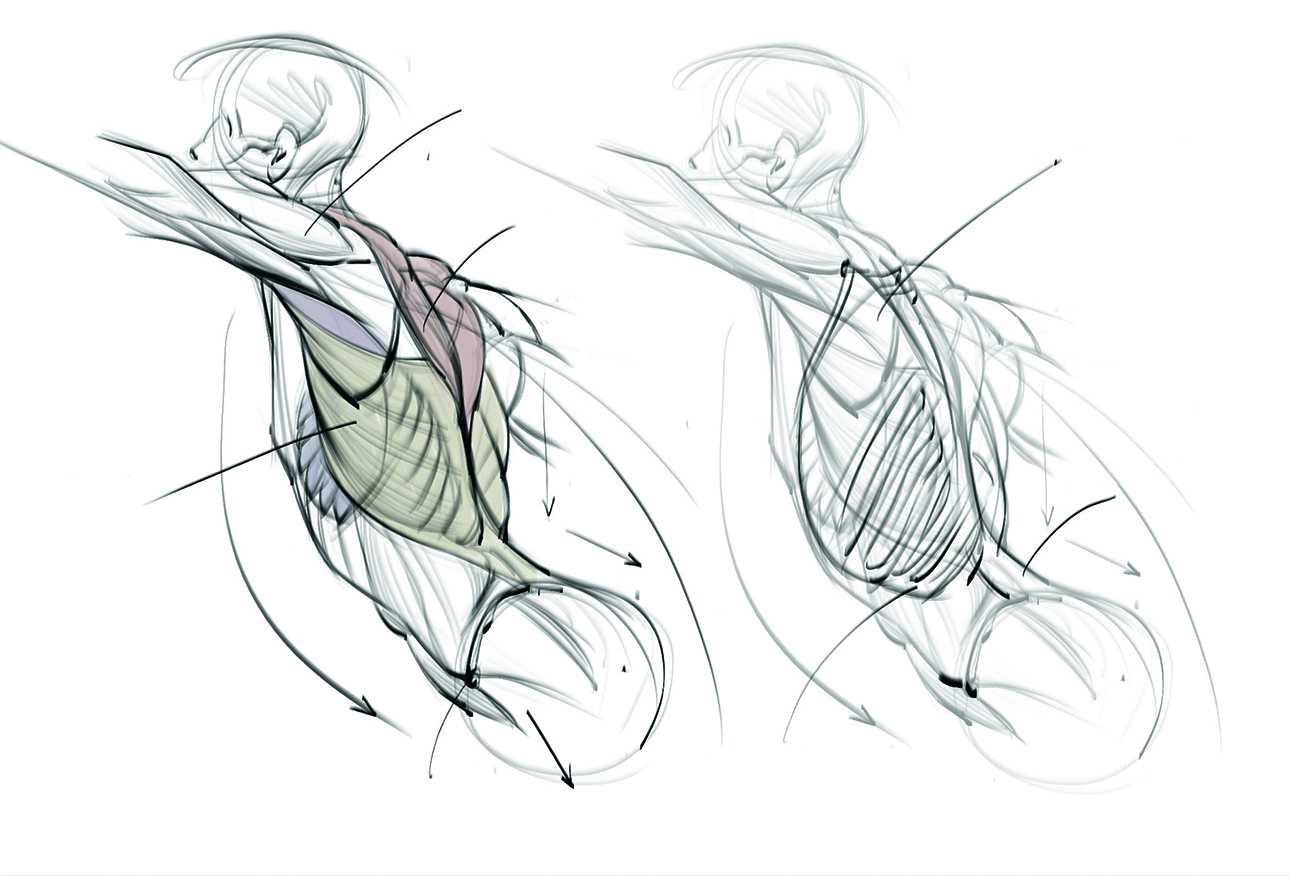
My first anatomy for to artists who want to either improve their figurative work or enhance their character design skills is to get into the habit of doing one page of anatomy studies a day. Focus on a specific area of the body and then apply that newly acquired knowledge across a page of figure or gesture drawings.
This is the equivalent of professional athletes supplementing their training and athletic performance with daily weight lifting, stretching and cardio. You got to make it a habit. The first few weeks will seem gruelling, but once you get over the first month of art training it will become more of a routine that you’ll look forward to completing
02. Draw one page from memory
Another great exercise for internalising the anatomical knowledge that you learned from your studies from tip one is to do a page of sketches redrawing what you drew from those studies, but this time without reference.
This forces you to draw from memory. Through this exercise, you’ll increase your observation skills, and it’ll also help you focus more during your other exercises, knowing that you have to commit them to memory and redraw them in future. This will come in useful when you’re drawing out of your head or need to streamline work from reference.
03. Learn from the masters
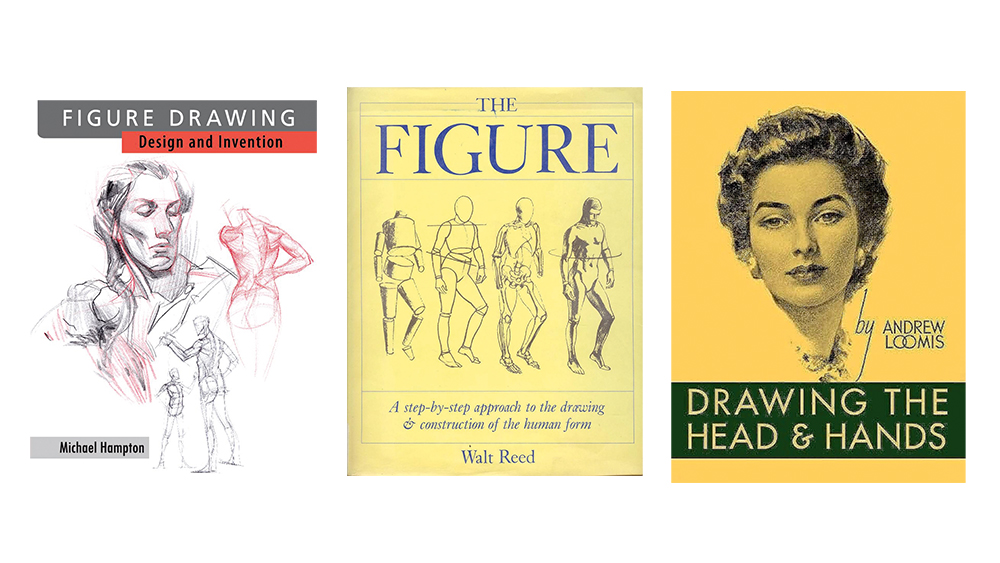
I recommend studying anatomy books from master artists both old and contemporary: Andrew Loomis, George Bridgman, Walt Reed and Michael Hampton to name but a few (also see our pick of the best drawing books in general).
Read the material first without copying the drawings – this will enable you to absorb their words and ideas. Once you’ve read the material, go back and copy the drawings while keeping in mind what was said by the artist. I made the mistake as a beginner to skip the text and go straight to the drawing. I think the combination of both will give you the best results.
04. Keep a sketchbook
Carry a sketch book with you and draw from observation. This is an extremely helpful exercise that will inform your work with reference from the real world.
So many artists today refer to the same images online, and lose the magic that comes from studying the world around us. It will help you create a more unique and personal touch to your art. It’s also a great way to increase that pencil mileage and to build up your mental library.
05. Make copies and studies of work you like
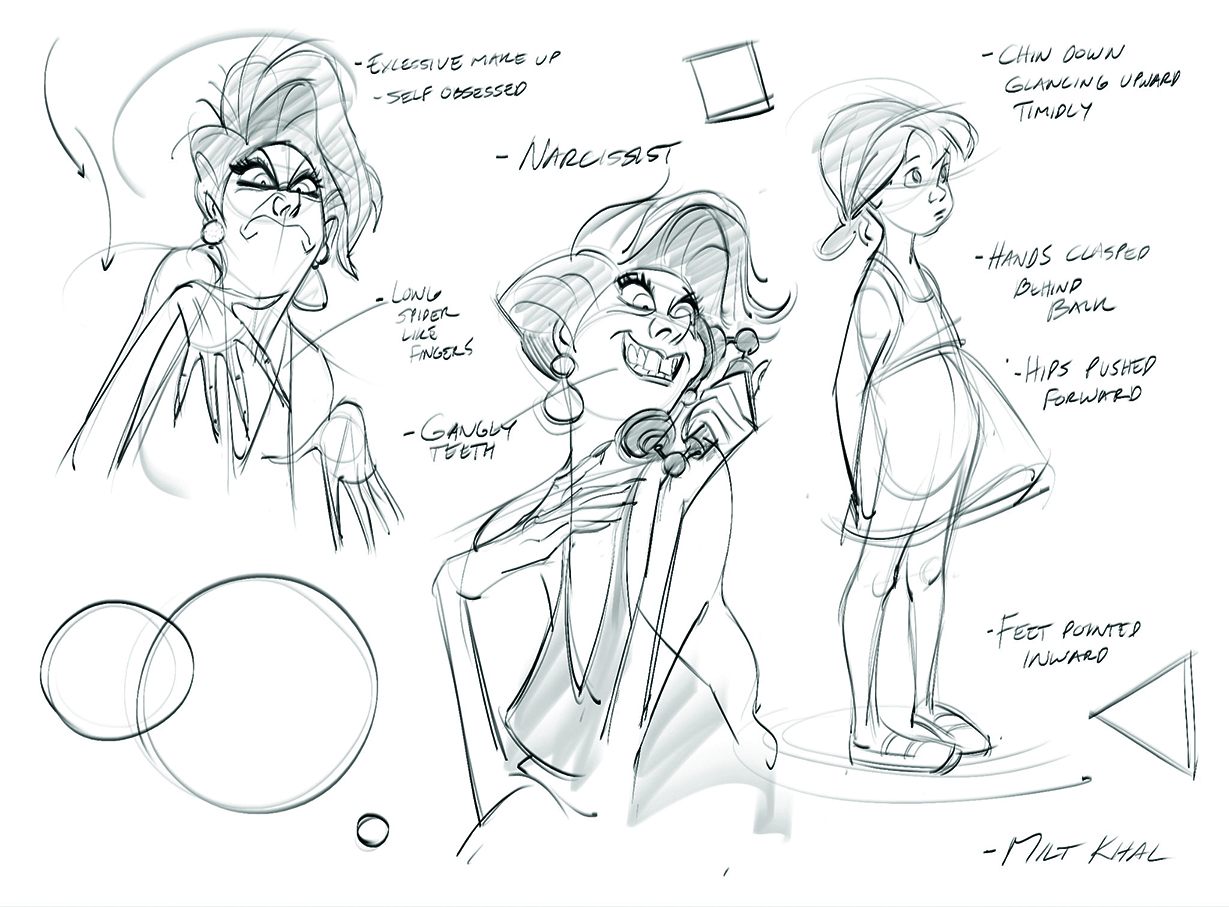
This was something that I wish I’d known when I was starting out. Don’t hesitate to copy and learn from other artists, especially paintings that you get excited and that you want to emulate. I started my art career in the fine arts and unfortunately that gave me a false sense of guilt when I copied other artists’ work with the hopes of learning and getting better.
All artists learn from what others have done in the past, similar to how we learn to speak from our parents. We have art parents that help us to learn how to communicate with shape, colour, line, composition and value. What is important is what we have to say with those words and elements.
06. Draw both quick gestures and long figure poses
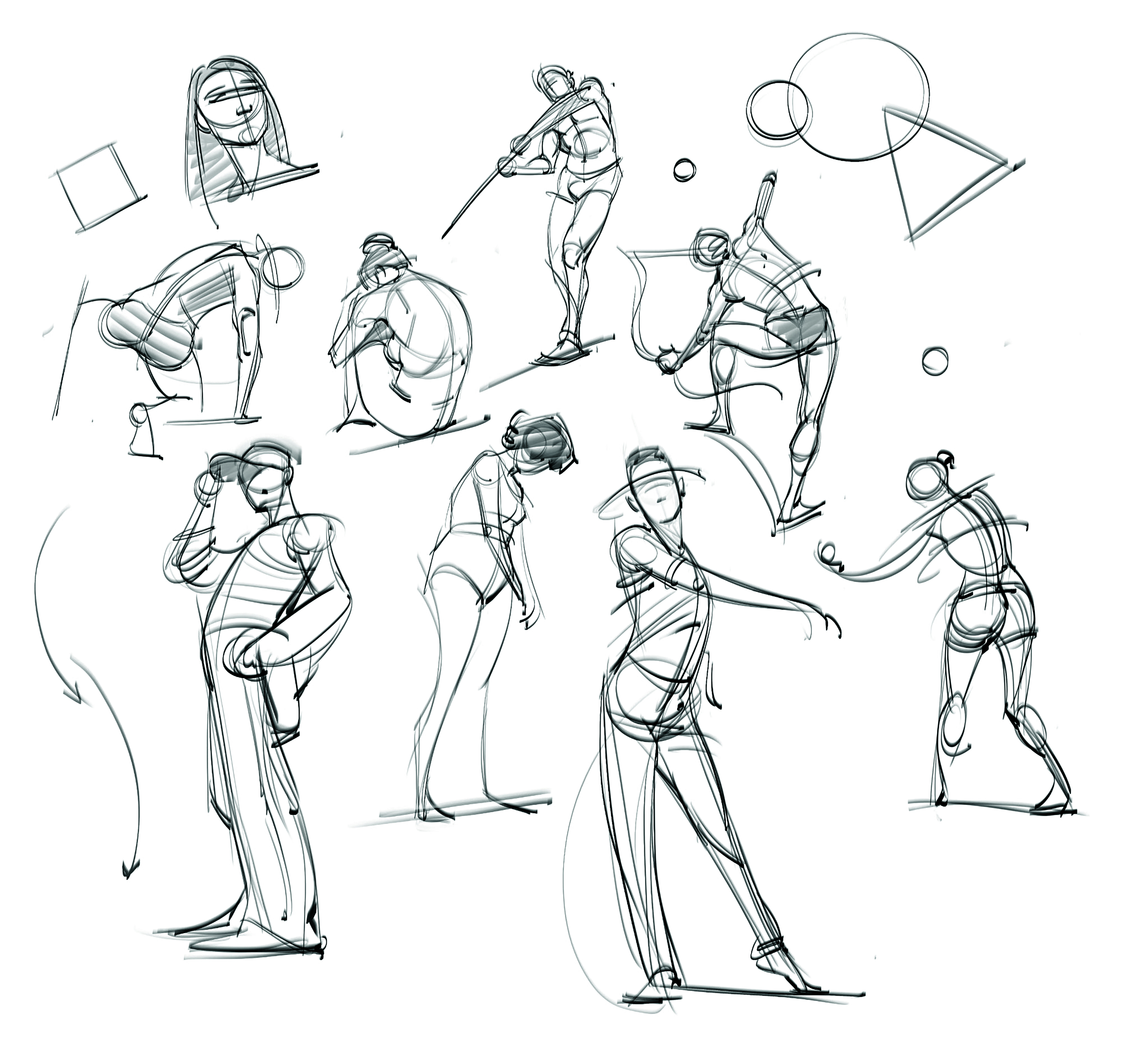
When creating figure and gesture drawings, be sure to explore both quick gestures and long, sustained poses. They both develop different skills that strengthen one another. Doing quick gestures will help you focus more on the rhythms, shapes, weight and the overall statement.
Long, sustained poses will help you develop your ability to develop form, lighting and detail, and create a strong focal point. I also recommend training yourself to quickly lay down bold, energetic lines while also mastering slower, more controlled lines and mark making. Overall, this will give you more control over your mark making and over the mediums you’re using.
07. Don't fear making mistakes
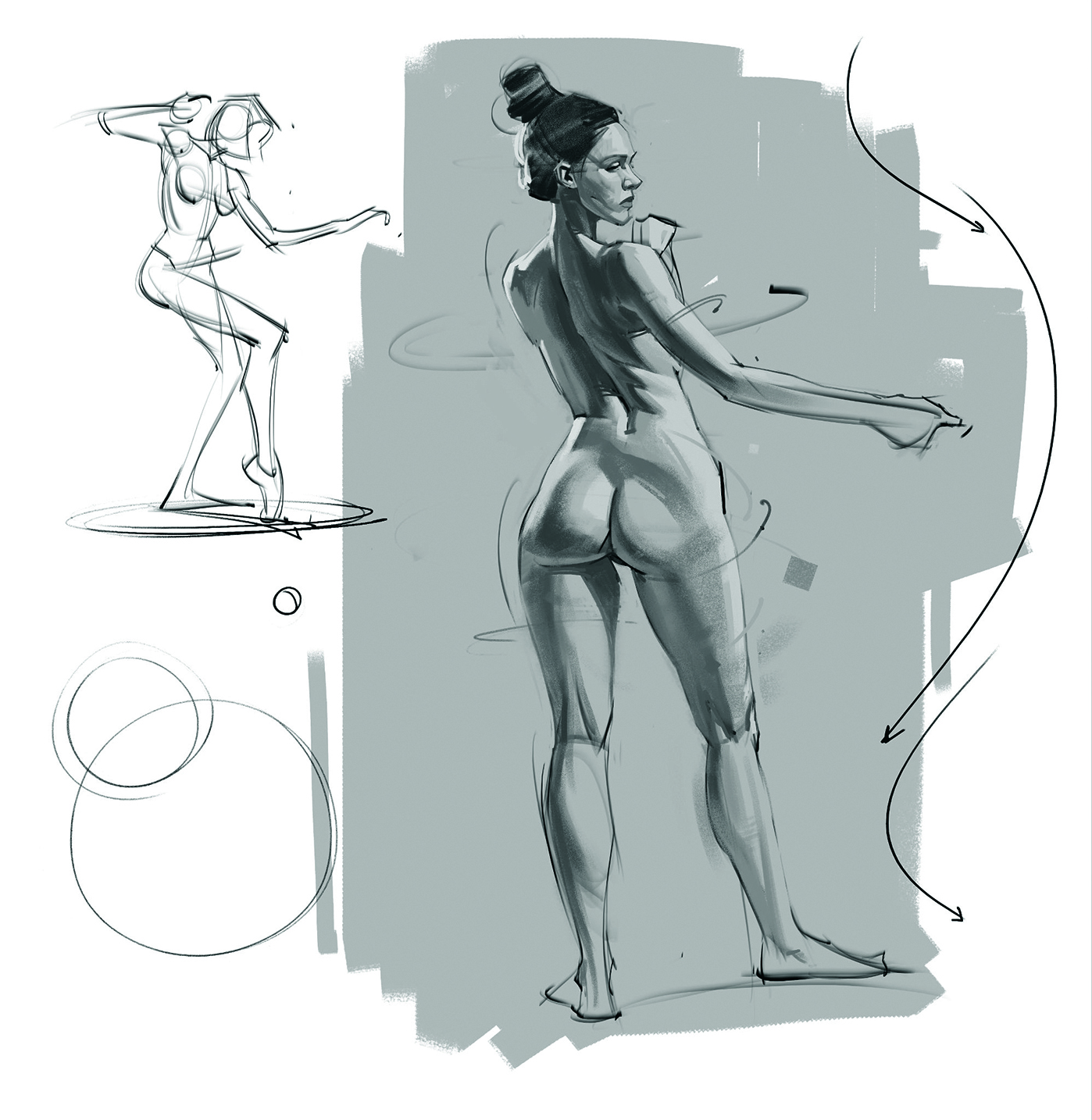
One of the most important tips I can give to beginner artists, and artists in general, would be to not demand perfection from every drawing and painting that you do. Don’t let that fear of messing up slow down your ability to learn and improve.
In addition, don’t wait for the perfect reference image or subject matter to give yourself an excuse to draw. Find something that you have an interest in or something you’re keen to learn more about – then draw it! Pencil mileage goes a long way towards improvement.
08. Practise drawing fundamental shapes and forms
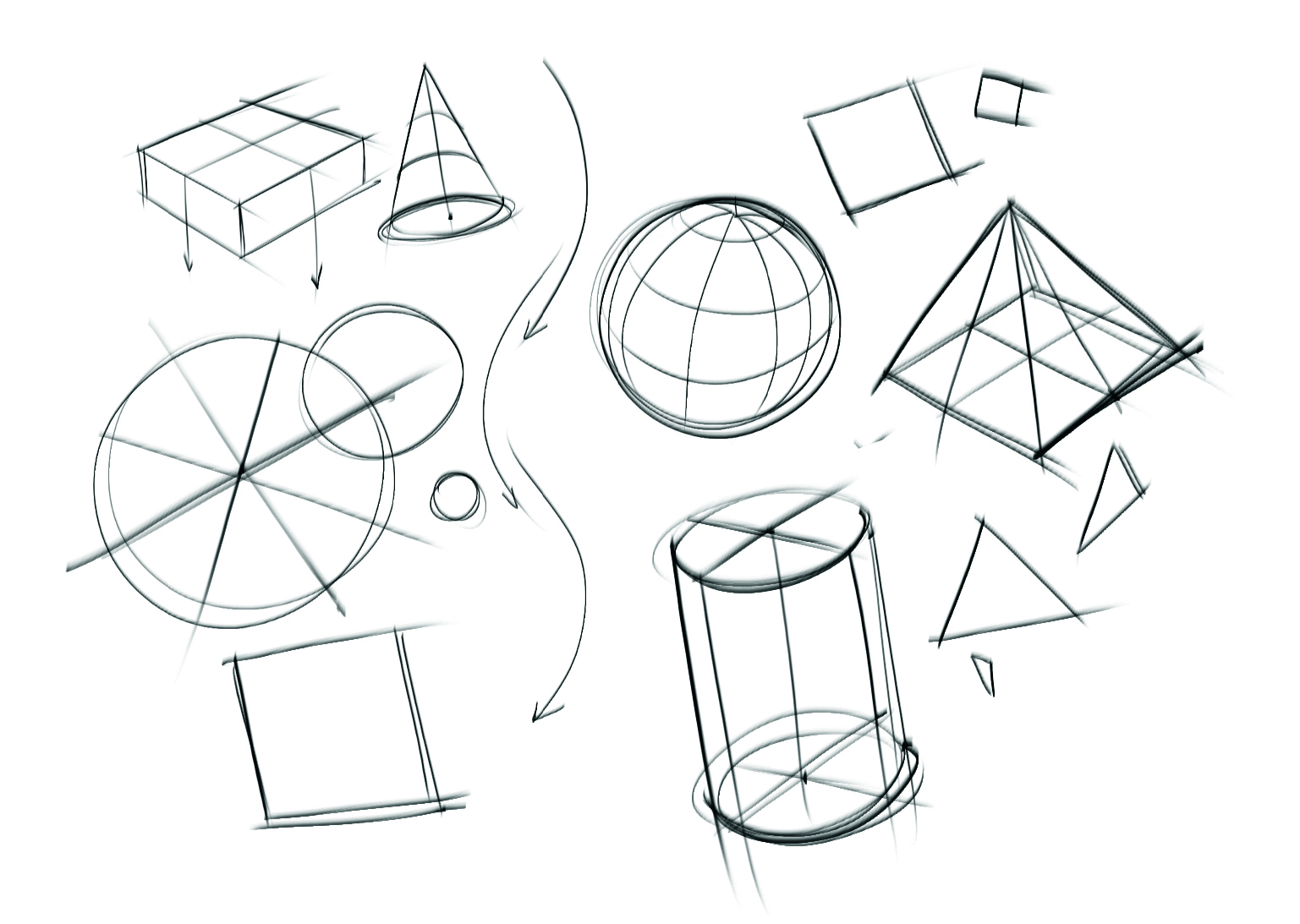
This is a suggestion you’ve most likely heard from other artists and teachers. Practise and learn how to draw primitive shapes and forms, such as cylinders, cubes, cones, circles, ellipses, triangles and squares.
Drawing pages and pages of these shapes in different perspectives is not only a great way to warm up, it also helps train your hand-eye coordination and helps beginners transition from visualising their drawing surface as a flat, 2D face to thinking three-dimensionally.
09. When in doubt, draw
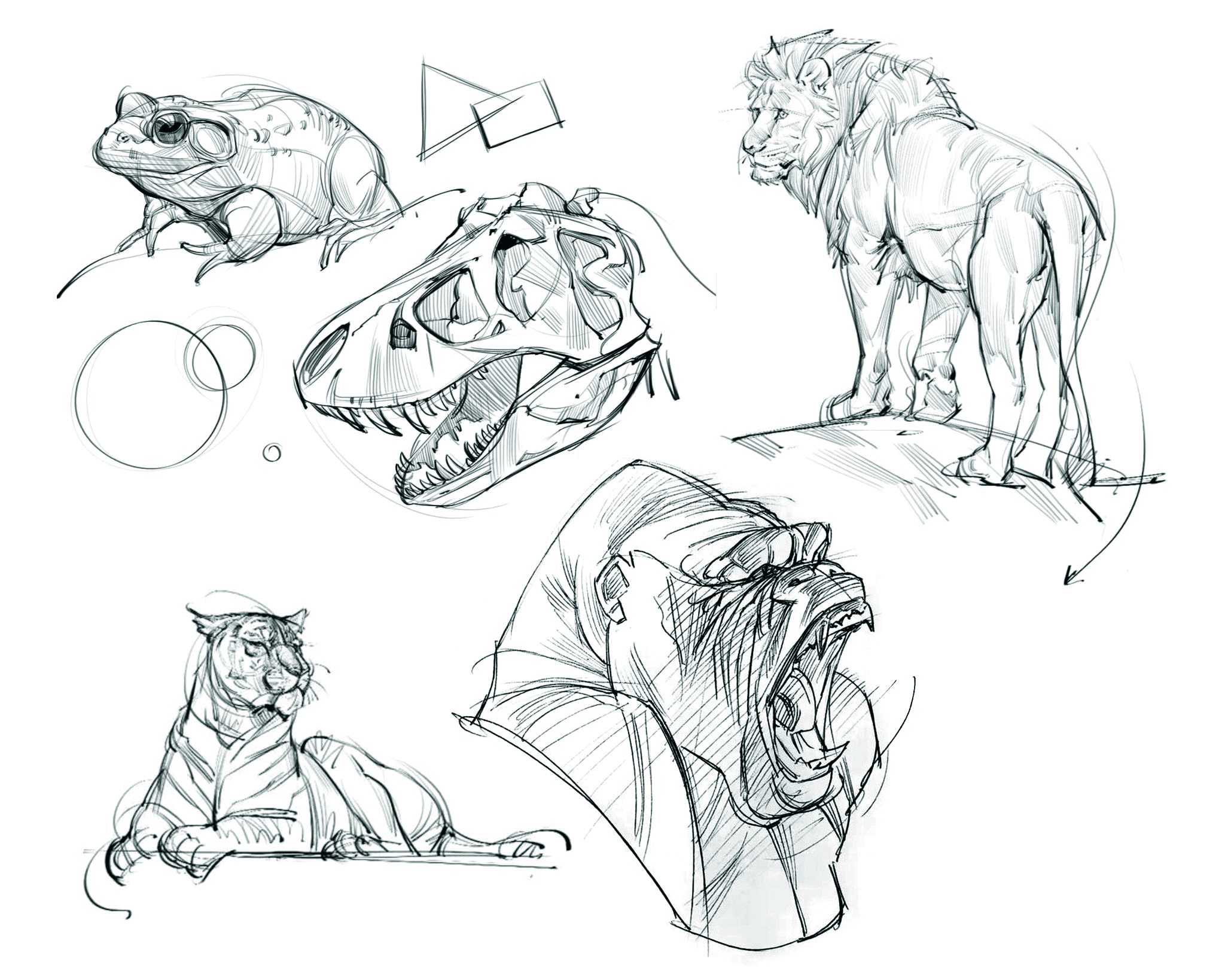
Try to get as much pencil mileage in as you can. Remember that the artists you’re competing with are professionals. They have jobs that require them to design, draw and paint every day, for at least eight hours each day. Hopefully, you have enough love and passion for drawing that this amount of time sounds exciting to you!
10. Remember to take care of yourself

Don’t neglect your mental and physical health. Set aside some time for exercise – whether that’s lifting weights, jumping on your bike, going outside for a walk or doing whatever physically engaging activity you find yourself enjoying.
Doing that often will help you maintain the physical energy you need to be a successful artist, and will prevent burnout too. Finally, find the time to socialise with friends and family. We are social creatures, and that will help you to keep your sanity.
For more help, see our 10 tips for drawing the human body and our feature on how to draw anatomy.
This article originally appeared in ImagineFX. Subscribe to ImagineFX to never miss an issue. Print and digital subscriptions available.







